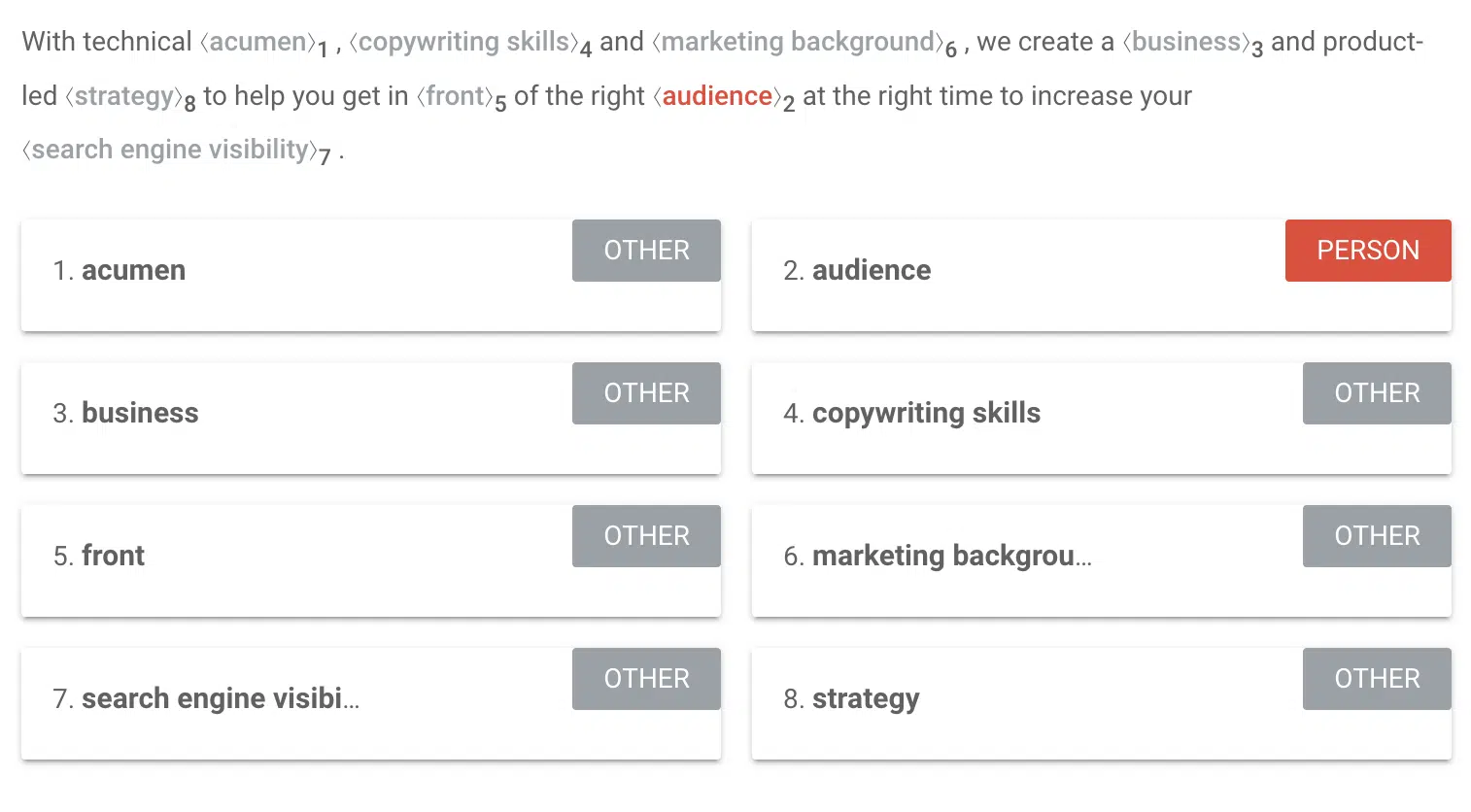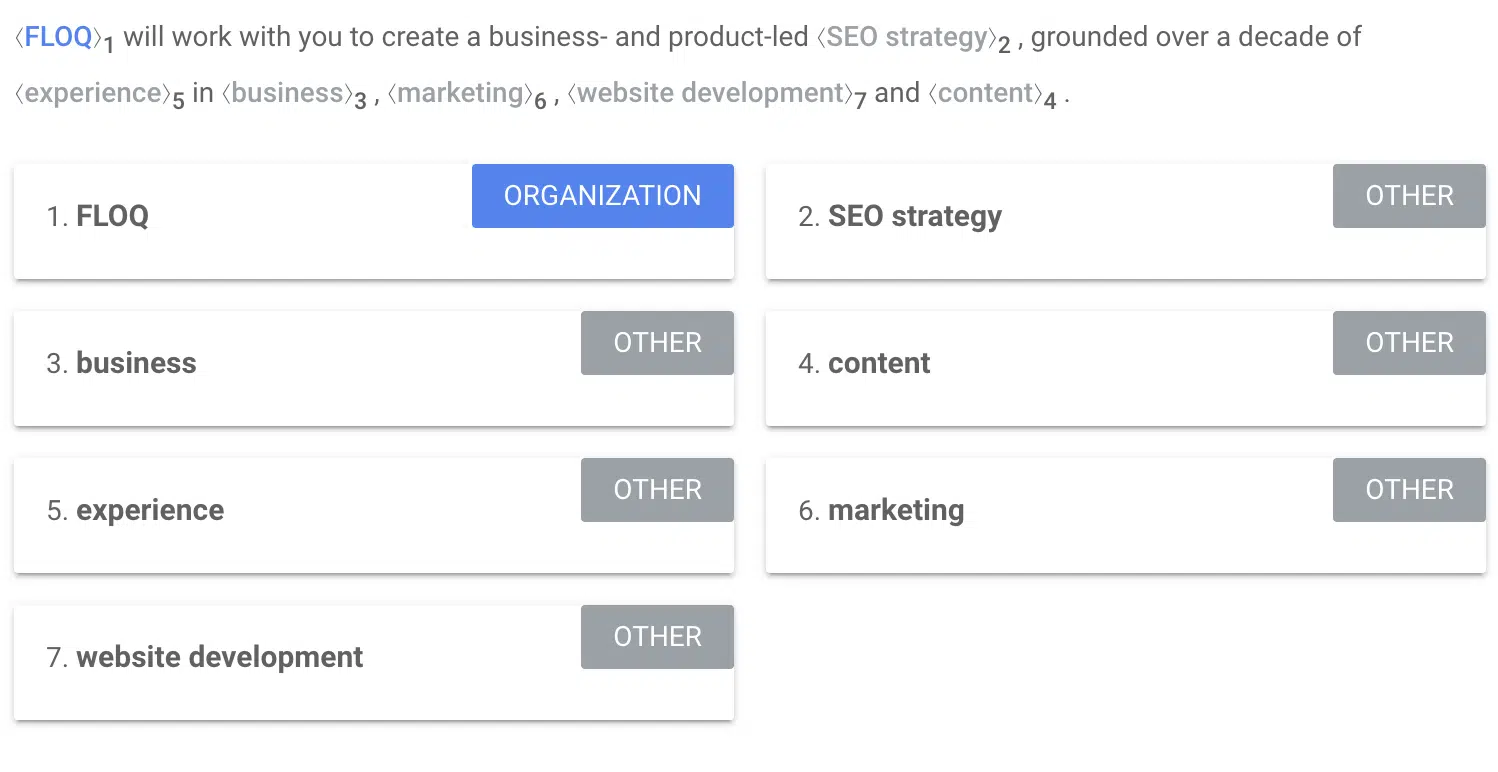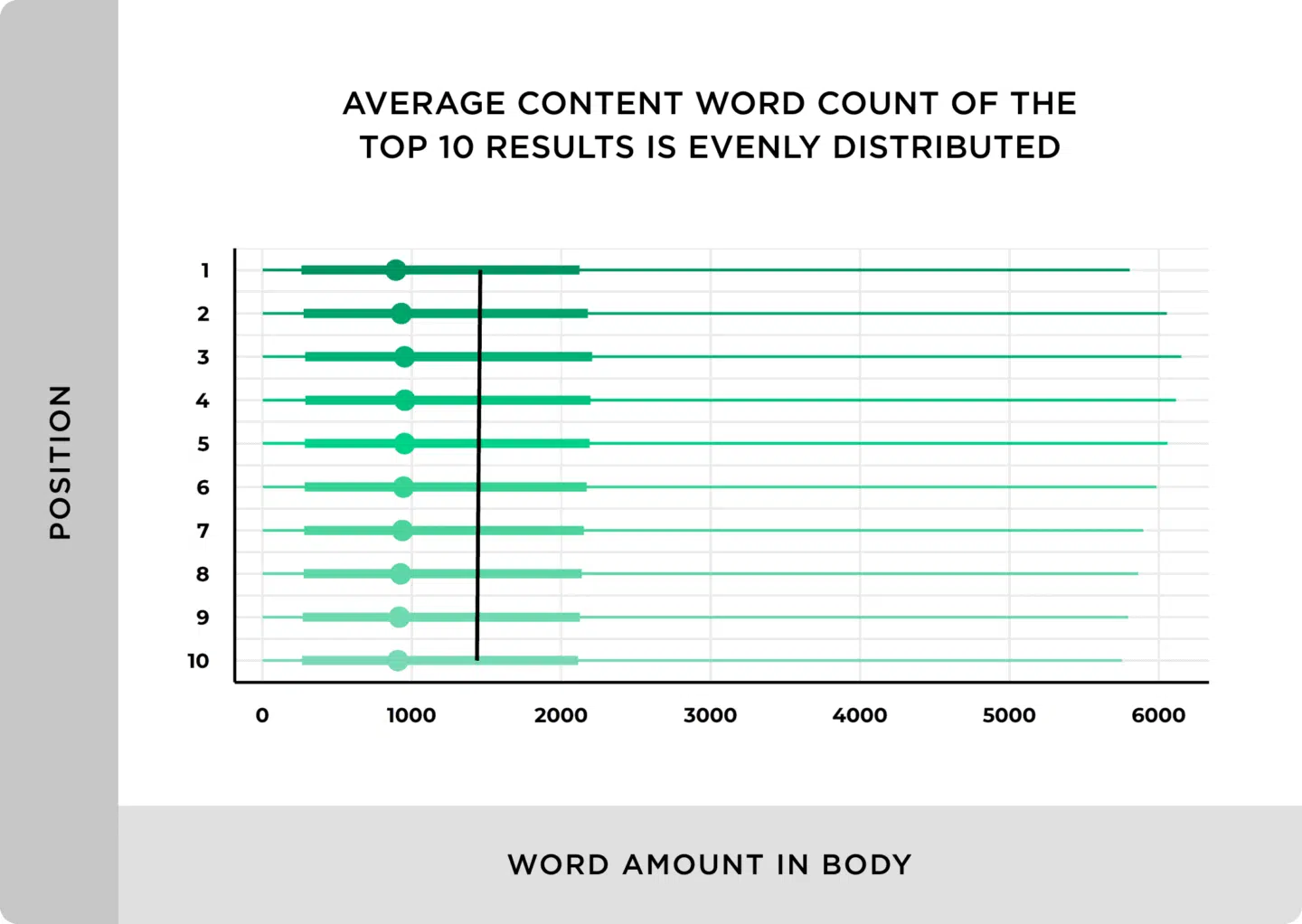Content creation is a beast and can be a minefield, especially in this AI-driven era, where many seek to “save time” by using AI to partially or fully write content, sometimes with little to no human oversight
As guardians of the corpus of the web (it’s scary, but true in many ways), SEO professionals should seriously consider whether the content they’re publishing is valuable, useful, unique and actually answers the user’s question.
That doesn’t always attribute to a specific word count: it should be long enough to answer your customer’s question.
I am an advocate for doing everything we can to reduce the amount of AI-generated cruft on the web.
This article explores:
- Content length and (potential) misconceptions around it.
- Content depth and what that means.
- How AI Overviews and LLMs might understand content using specific systems of analysis.
How long should my content be?
Your content should be as long as needed to answer the question related to the concept, either implicit or explicit, whether that’s 200 words or 2,000.
We’ve seen this in the API leak, where it seems that “thin content” is not specifically scored on length but on originality.
That said, in a world of semantic search, we should not necessarily ask, “How long should my content be?” but “How direct is my answer?”
If the content you (or your team) create is complicated or full of fluff just to pad the word count, make it more direct.
The fewer “hops” there are, the easier it is for Google to do two things:
- Understand the relationships between what you’re saying.
- Understand the explicit focus of what you’re trying to communicate.
This might mean changing the purpose or placement of your content.
For example, the blog post you’re planning to write might work better as an individual FAQ on a product or category page or as bullet points with product details or another type of formatted list.
Not everything has to be (or should be) a blog article. Let’s dive into an example of what I mean.


The image above is a statement a marketing team might create to impress folks with big words about my SEO consulting business, FLOQ.
But it doesn’t actually explicitly share the services I offer. This is reflected in what Google (reported via the Natural Language API) sees as the primary entities in that sentence:


Let’s make that shorter and more direct. (Excuse the repetition of “business” – this is off the cuff, and I’m seriously jet-lagged. It’s not FLOQ’s tagline!)


We can see this clarity reflected in the entity analysis:


These two sentences aren’t too different in absolute character count or word length.
Still, we can see a vast difference in how Google Search and likely other large language models and AI platforms or functions interpret them.
Does longer content always mean better content?
Longer content doesn’t necessarily mean higher rankings (which, as an SEO professional, can arbitrarily be called “better”).
Backlinko’s 2024 study on first-page rankings found that while longer content tends to attract more backlinks, the average length of pages on Google’s first page was about 1,500 words.
If you look closely at the graph below you can see the mean for the first result actually seems to be slightly less than other pages.


Is content length a ranking signal?
Google has stated many, many times content length is not a ranking signal.
Unfortunately, we know from the DOJ antitrust transcripts that sometimes what is said publicly isn’t necessarily completely true.
While I’d say to take this with a grain of salt, I’d also say I’m on team content-length-isn’t-a-ranking-signal. This is reinforced by the “OriginalContentScore” in the leaked API docs.
Get the newsletter search marketers rely on.
How in-depth should my content be?
Your content should absolutely be in-depth.
In that same correlation study, Backlinko found that their subset of analyzed pages had a direct correlation to higher rankings the higher the “content score” from Clearscope.
Clearscope states they determine your content grade by:
- “…scrap[ing] the top-ranking content on the search engine results page (SERP) and calculat[ing] the importance of each term by how much the keyword appears in the competitors’ articles.”
It’s important to note that this is almost a self-referential process for defining “good” and “in-depth” within the already existing set of content that ranks – it doesn’t account for the unknown.
My process for understanding content depth looks to reduce that dependency a bit by changing what we review first.
How should I understand content depth?
Content depth is providing all relevant details to fully answer a question while still being clear about the specific answer.
It’s also a prime spot to leverage information gain and provide content that’s a step beyond what’s shared in currently ranking articles – by not starting with what’s published in currently ranking articles in the first place.
I typically follow this process:
- Step 1: Speak to my sales and support teams. What questions do customers have about this particular topic or feature when purchasing, onboarding or using it? Am I answering all of those questions in my content?
- Step 2: Review the search results for related queries, looking for People Also Ask elements, related searches and rich media or schema-influenced results.
- Step 3: Review the SERP and see if there are any gaps in the competitor set, where they are talking about a specific idea or concept and you’ve yet to include that in your outline or content brief from your research in Steps 1 and 2.
- Step 4: Determine whether any topics have enough content differences to warrant their own article, creating a hub-and-spoke content model.
Every industry and brand will have its own thresholds for content depth, so I cannot give you a quantitative, specific definition of what constitutes “content depth” in this article.
What if the content is out-of-date or old?
Content decay is real and something you should consider solving, for both search engines (it was identified as part of the document leak in May 2024) and users.
As content becomes more and more out of date, it intrinsically becomes less relevant and no longer actually in-depth or important in a way that’s relevant to customers and searchers today.
Passage ranking
Passage ranking is one Google system that’s worth understanding, at a base level.
Google’s documentation has a single sentence, which describes their passage ranking system as:
- “…an AI system we use to identify individual sections or ‘passages’ of a web page to better understand how relevant a page is to a search.”
In some ways, this makes historical questions around content depth and length arbitrary.
If Google can now pull out and understand sections of the articles we’re writing to feed search results, does it matter how much content is in the overall article?
Moving forward with content in an AI-centric world that relies on semantic search, I have a few content touchpoints I come back to:
- Work with (and create for) people first: Not only is authorship important, but considering qualitative feedback – and answering that first, will likely serve you well.
- Directness over length: Answer the question as succinctly as possible.
- Focus on originality and comprehensiveness: Ideally, remove AI from the actual writing process. If there’s no way for you to create content without it at the moment, have it reviewed (and edited, if required) by a human for accuracy, tone and nuance.
Contributing authors are invited to create content for Search Engine Land and are chosen for their expertise and contribution to the search community. Our contributors work under the oversight of the editorial staff and contributions are checked for quality and relevance to our readers. The opinions they express are their own.
